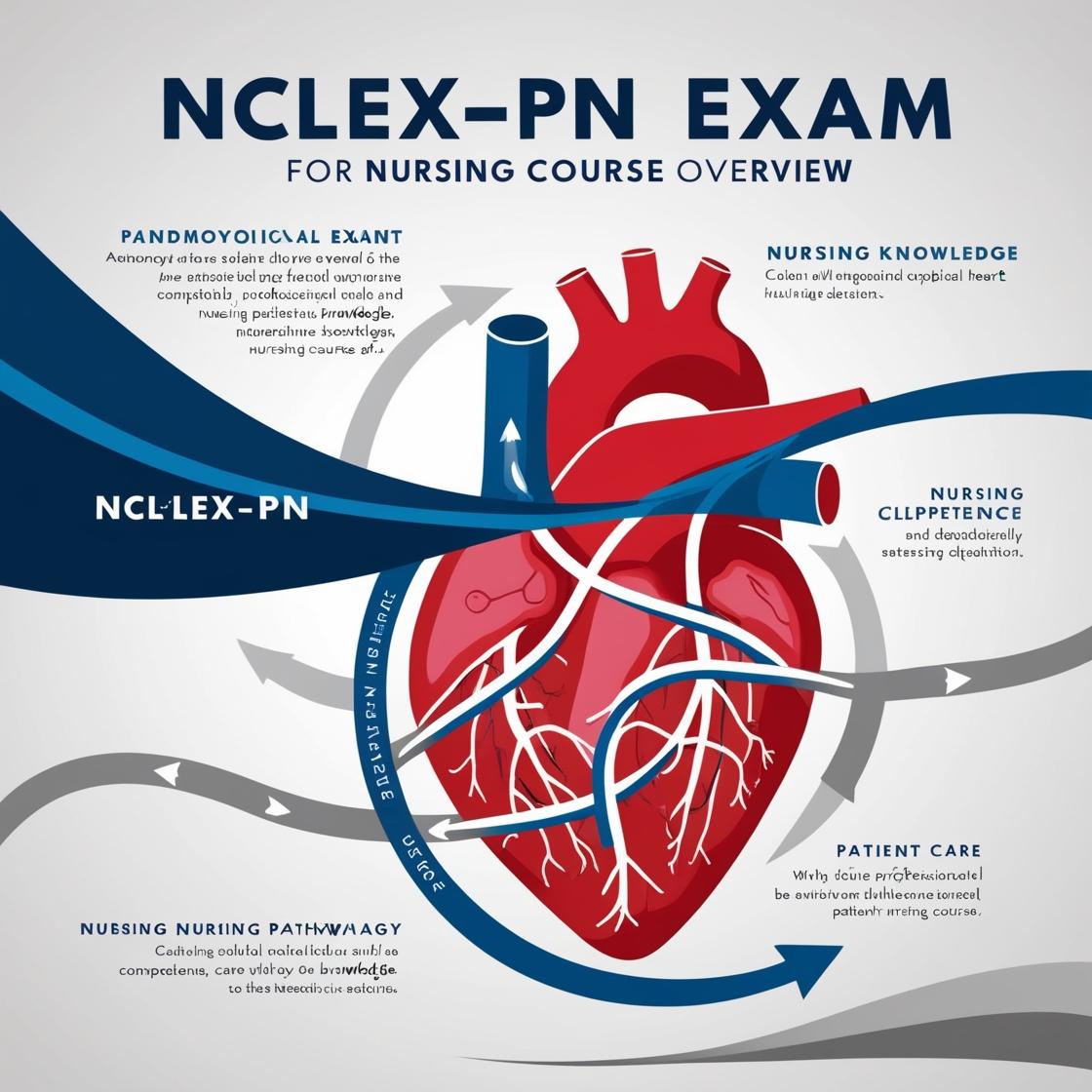NCLEX-PN
Health Promotion and Maintenance NCLEX Questions
1. A woman who delivered a healthy newborn 6 hours earlier complains of discomfort at the episiotomy site. Which action by the nurse is the most appropriate?
- A. Administering an intravenous (IV) opioid analgesic
- B. Assisting the woman in taking a warm sitz bath
- C. Applying an ice pack to the perineum
- D. Contacting the registered nurse
Correct answer: C
Rationale: Applying an ice pack to the perineum is the most appropriate action in this scenario. Ice causes vasoconstriction, providing relief by numbing the area and preventing edema. It is typically used within the first 12 to 24 hours after birth. Assisting the woman in taking a warm sitz bath is more suitable after 24 hours as warm water can be soothing. Administering an IV opioid analgesic is excessive; an anesthetic spray is more appropriate for surface discomfort. Contacting the registered nurse is unnecessary as applying an ice pack is within the nurse's scope and can effectively address the discomfort without escalation.
2. A healthcare professional reviewing a client's record notes documentation that the client has melena. How does the healthcare professional detect the presence of melena?
- A. By checking the client's urine for blood
- B. By checking the client's stool for blood
- C. By checking the client's urine for a decrease in output
- D. By checking the client's bowel movements for diarrhea
Correct answer: B
Rationale: Melena' is the term used to describe abnormal black tarry stool that has a distinctive odor and contains digested blood. It usually results from bleeding in the upper gastrointestinal tract and is often a sign of peptic ulcer disease or small bowel disease. The presence of melena is detected by checking the client's stool for blood. Blood in the client's urine, decreased urine output, and diarrhea are not associated with the assessment for melena.
3. An Rh-negative woman with previous sensitization has delivered an Rh-positive fetus. Which of the following nursing actions should be included in the client's care plan?
- A. emotional support to help the family cope with feelings of guilt about the infant's condition
- B. administration of MICRhoGam to the woman within 72 hours of delivery
- C. administration of Rh-immune globulin to the newborn within 1 hour of delivery
- D. lab analysis of maternal Direct Coombs' test
Correct answer: A
Rationale: In this scenario, the Rh-negative woman has been sensitized, posing a risk to any Rh-positive fetus she delivers. The most appropriate nursing action is to provide emotional support to help the family cope with the infant's condition. This includes addressing potential outcomes like death or neurological damage. Administering MICRhoGam (Choice B) to a sensitized woman is not recommended; it is only given post-abortion or ectopic pregnancy to prevent sensitization. Rh-immune globulin is not administered to the newborn (Choice C) in this case. Analyzing the maternal Direct Coombs' test (Choice D) is unnecessary; instead, an Indirect Coombs' test is used to assess sensitization. Therefore, the correct nursing action is to offer emotional support to the family, acknowledging the challenges they may face.
4. A nurse demonstrates the procedure for bathing a newborn to a new mother. The next day, the nurse watches as the mother bathes the infant. The nurse determines that the mother is performing the procedure correctly if the mother performs which action?
- A. Uses a cotton-tipped swab to carefully clean inside the infant's nose
- B. Uncovers only the body part being washed
- C. Washes the diaper area first
- D. Washes the infant's chest first
Correct answer: B
Rationale: When bathing a newborn, it is crucial to follow a specific sequence for thorough cleaning and safety. The correct sequence includes starting with the eyes and face, then moving to the external ear, areas behind the ears, neck, hands, arms, legs, and finally the diaper area. Keeping the infant warm is essential, so only the body part being washed should be uncovered. Using a cotton-tipped swab to clean inside the infant's nose is not recommended due to the risk of injury if the infant moves suddenly. Washing the diaper area first is incorrect as it should be done towards the end of the bath to prevent contamination. Washing the infant's chest first is also incorrect as it deviates from the recommended bathing sequence for a newborn.
5. After delivering a healthy newborn 1 hour ago, a nurse notes a woman's radial pulse rate is 55 beats/min. What action should the nurse take based on this finding?
- A. Reporting the finding to the healthcare provider immediately
- B. Helping the woman stay in bed and rest
- C. Documenting the finding
- D. Performing active and passive range-of-motion exercises
Correct answer: C
Rationale: After delivery, bradycardia (pulse rate 50-70 beats/min) may occur, reflecting the large amount of blood returning to the central circulation after delivery of the placenta. The increase in central circulation results in increased stroke volume, allowing a slower heart rate to provide adequate maternal circulation. A pulse rate of 55 beats/min falls within the normal range post-delivery, so there is no need to notify the healthcare provider immediately. It is important for the client to remain on bed rest in the immediate postpartum period to prevent complications. While range-of-motion exercises are beneficial for a client on bed rest, it is not the priority based on the data provided. Therefore, the most appropriate nursing action is to document the finding for accurate record-keeping and monitoring of the client's condition.
Similar Questions

Access More Features
NCLEX PN Basic
$69.99/ 30 days
- 5,000 Questions with answers
- Comprehensive NCLEX coverage
- 30 days access @ $69.99
NCLEX PN Premium
$149.99/ 90 days
- 5,000 Questions with answers
- Comprehensive NCLEX coverage
- 30 days access @ $149.99
